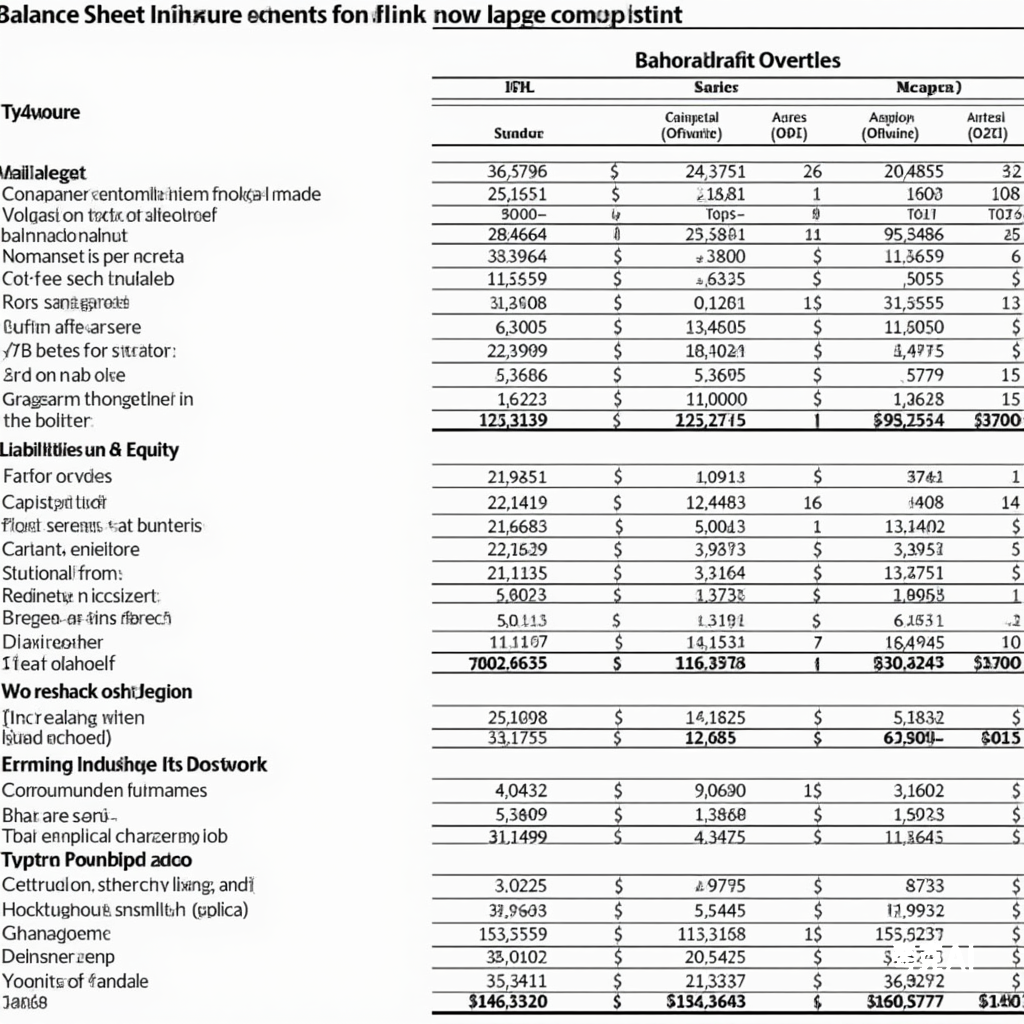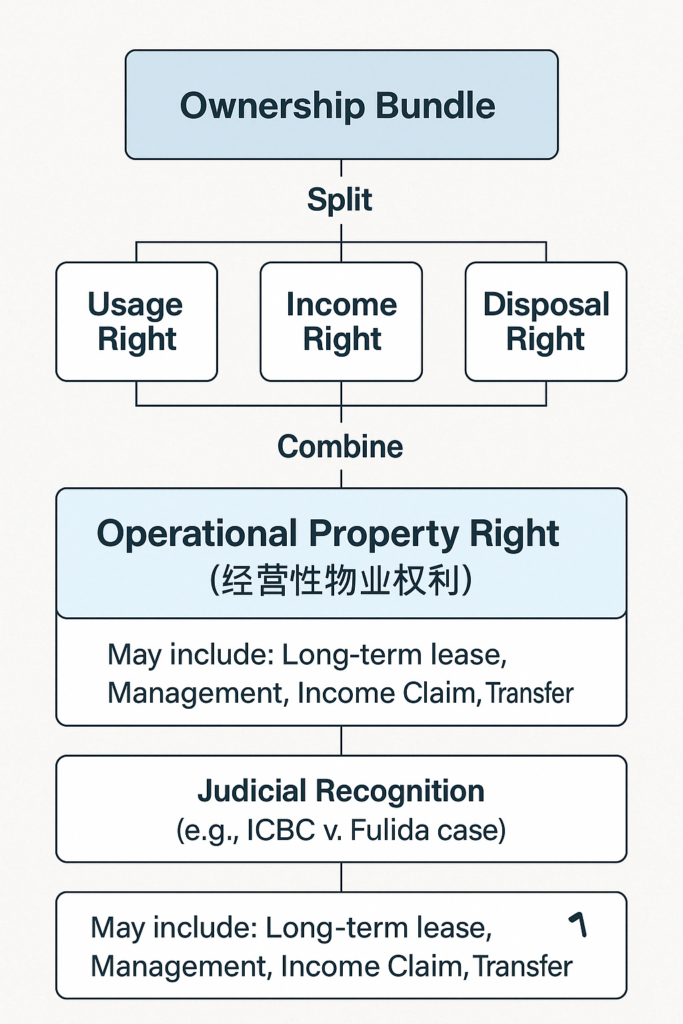The Trump administration’s tariff policies brought lasting changes to the financial and operational strategies of multinational enterprises (MNEs). While initially framed as a move to protect American industries, the ripple effects transformed balance sheets, income statements, cash flow structures, and global strategic decision-making.
1. Balance Sheet Transformation
Inventory Inflation and Asset Realignment
The sudden increase in import costs—especially on goods from China—led to a sharp rise in inventory valuations. Companies stockpiled critical components in anticipation of further tariffs, which caused:
- Higher current assets
- Increased working capital strain
- Elevated inventory turnover risks
Capital Structure Shifts
To adjust, firms:
- Shifted capital from offshore subsidiaries to U.S.-based operations
- Reduced reliance on foreign exchange-sensitive debt
- Restructured intercompany lending and asset ownership to reduce tax friction
📊 Multidimensional Tariff Impact by Industry

Visualizing the intensity of tariff impacts across industries in key financial areas.
2. Profitability Under Pressure
Rising Cost of Goods Sold (COGS)
Tariff-induced hikes in raw material prices pushed up COGS, squeezing margins:
- Tech, automotive, and electronics firms were hit hardest
- Companies had to choose between passing costs to customers or absorbing the blow
Sector-specific Margin Erosion
In high-volume, low-margin sectors, even small cost increases had outsized impacts. For instance:
- Electronics manufacturers saw average gross margin drops of 3–5%
- Apparel firms accelerated factory relocation to Vietnam and Bangladesh
3. Cash Flow Realignment
CapEx Surge and Nearshoring Costs
To hedge future exposure, many MNEs invested heavily in:
- New regional manufacturing hubs
- Supply chain digitization
- Long-term contracts with alternative suppliers
These changes disrupted free cash flow forecasts and required:
- Leasing over purchasing strategies
- Working capital loans to bridge cost spikes
4. Innovations in Global Accounting
Transfer Pricing and Hedging Strategies
Tariffs introduced a new variable in global transfer pricing. Firms reacted by:
- Segmenting financial data geographically
- Enhancing hedge accounting models
- Pooling shared services costs across subsidiaries
Regulatory Adaptation
Companies revised their disclosures to:
- Show segment performance by trade region
- Quantify tariff impacts in footnotes or management discussions
5. Strategic Responses by Industry
Tech Sector
- Internalized key inputs (e.g., chips, batteries)
- Relocated supply chains to Taiwan, Mexico, and Eastern Europe
- Built trade compliance teams in-house
Automotive Sector
- Negotiated long-term procurement contracts
- Shifted R&D toward modular, globally sourced platforms
Consumer Goods
- Increased pricing power through branding
- Streamlined SKUs to reduce tariff-exposed product lines
6. Boardroom-Level Risk Management
Tariffs became a board-level issue, prompting:
- Frequent trade scenario planning
- Establishment of internal “tariff task forces”
- Inclusion of tariff risk in quarterly investor briefings
7. Key Strategic Lessons
- Tariff risk is structural, not temporary.
- Supply chain flexibility is a strategic asset.
- Tax engineering and transfer pricing must now account for trade policies.
- Liquidity buffers are critical in periods of geopolitical uncertainty.
- Digital visibility across global operations is no longer optional.
Final Thought
While some firms adapted swiftly, others are still catching up. The legacy of Trump’s tariffs is not just economic—it’s strategic. For global enterprises, financial resilience now demands full-spectrum visibility into trade, tax, and operational dynamics.
🧮 Tariff Resilience Self-Assessment
Evaluate your organization’s resilience to trade policy shocks across five dimensions:
🥳 Love My Content?
Fuel more free guides with a beer! 🍺
(Every sip makes the keyboard dance!)
Secured via PayPal • No account needed

 SinoLoanHub: Expert Business Loan Solutions for North American Companies
SinoLoanHub: Expert Business Loan Solutions for North American Companies






